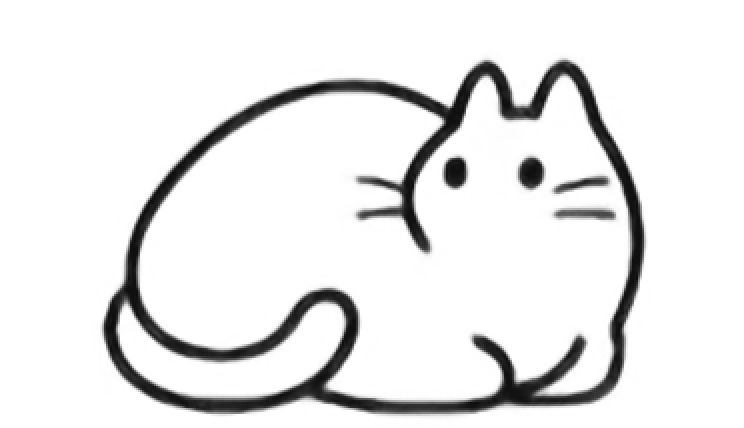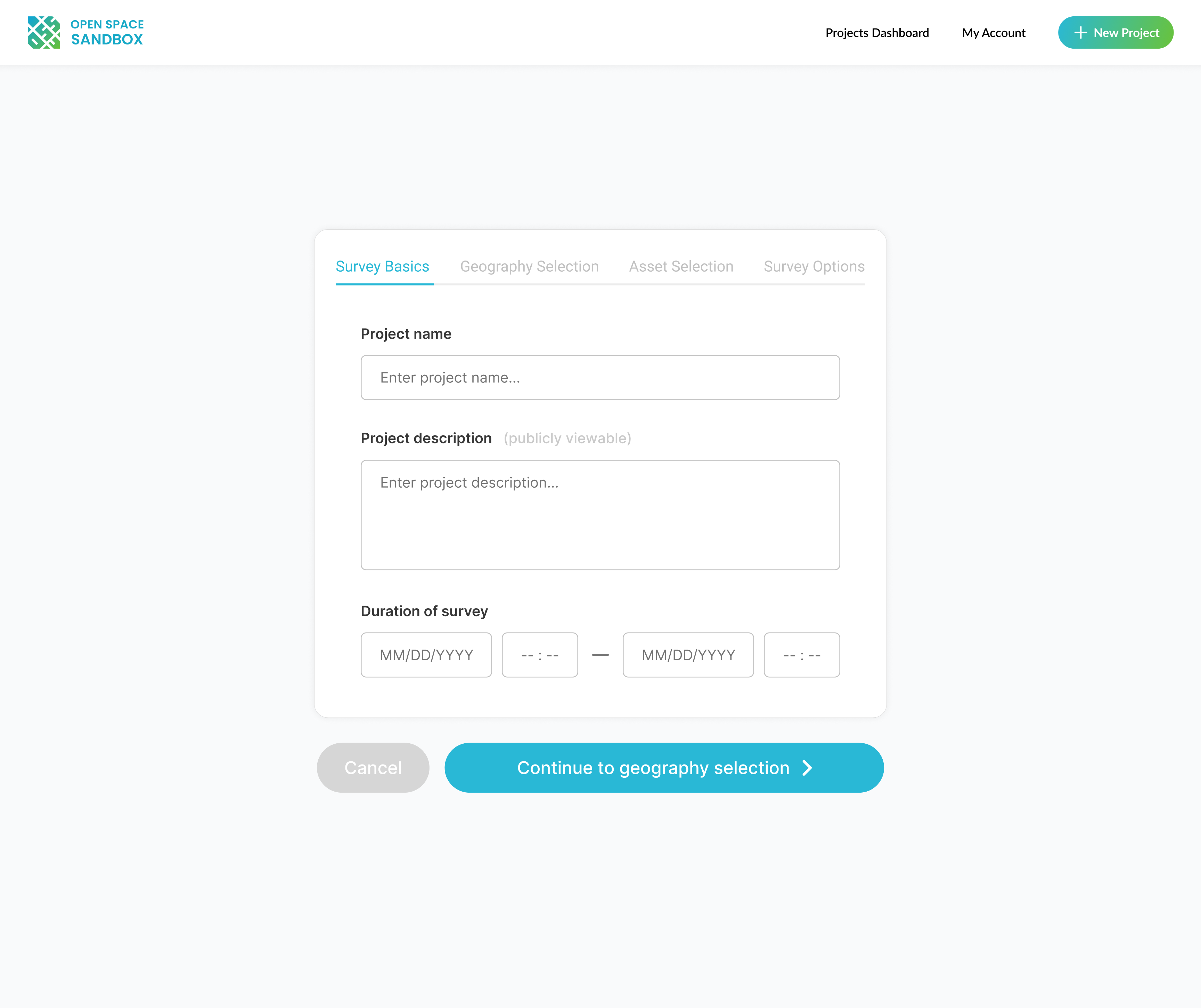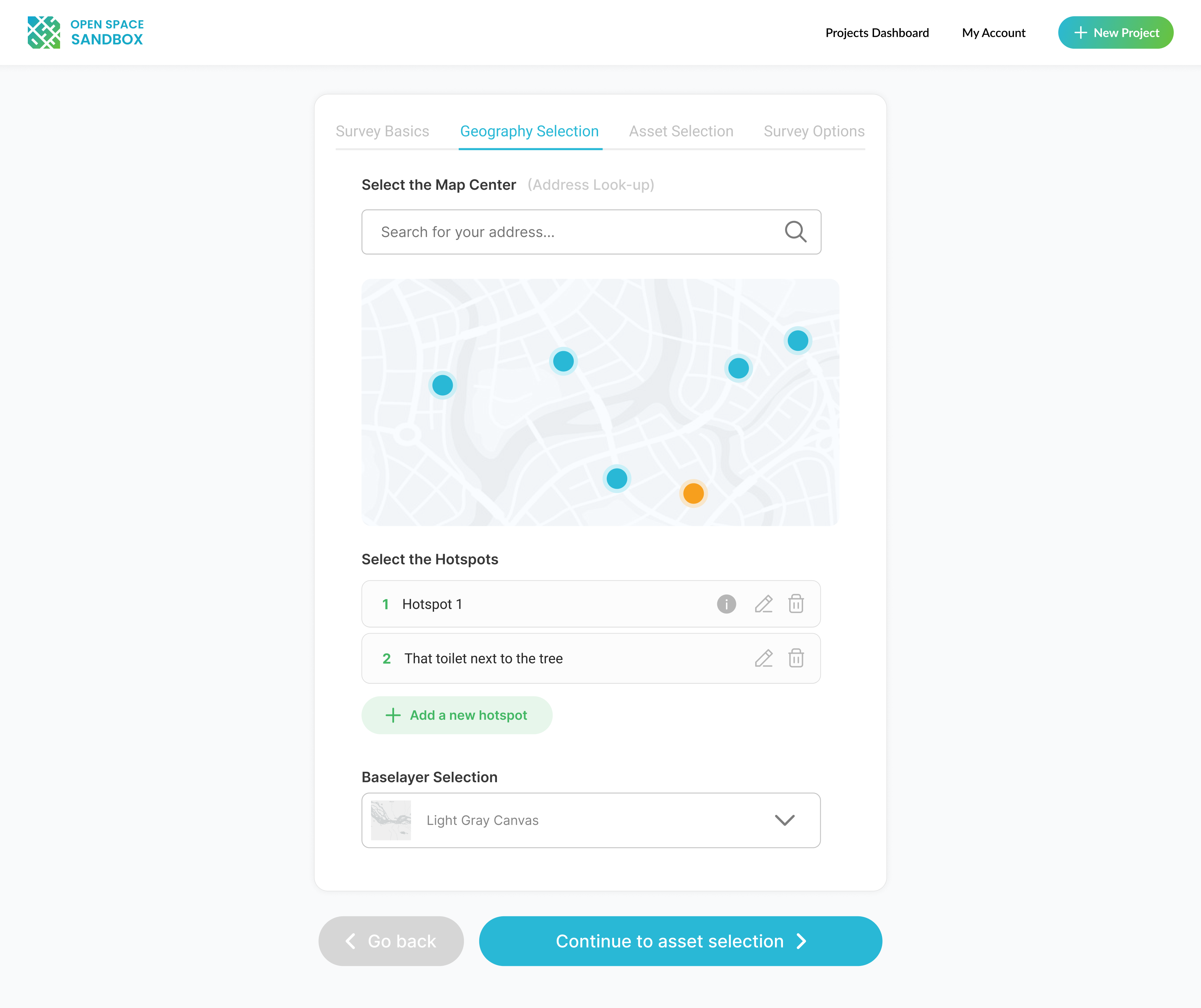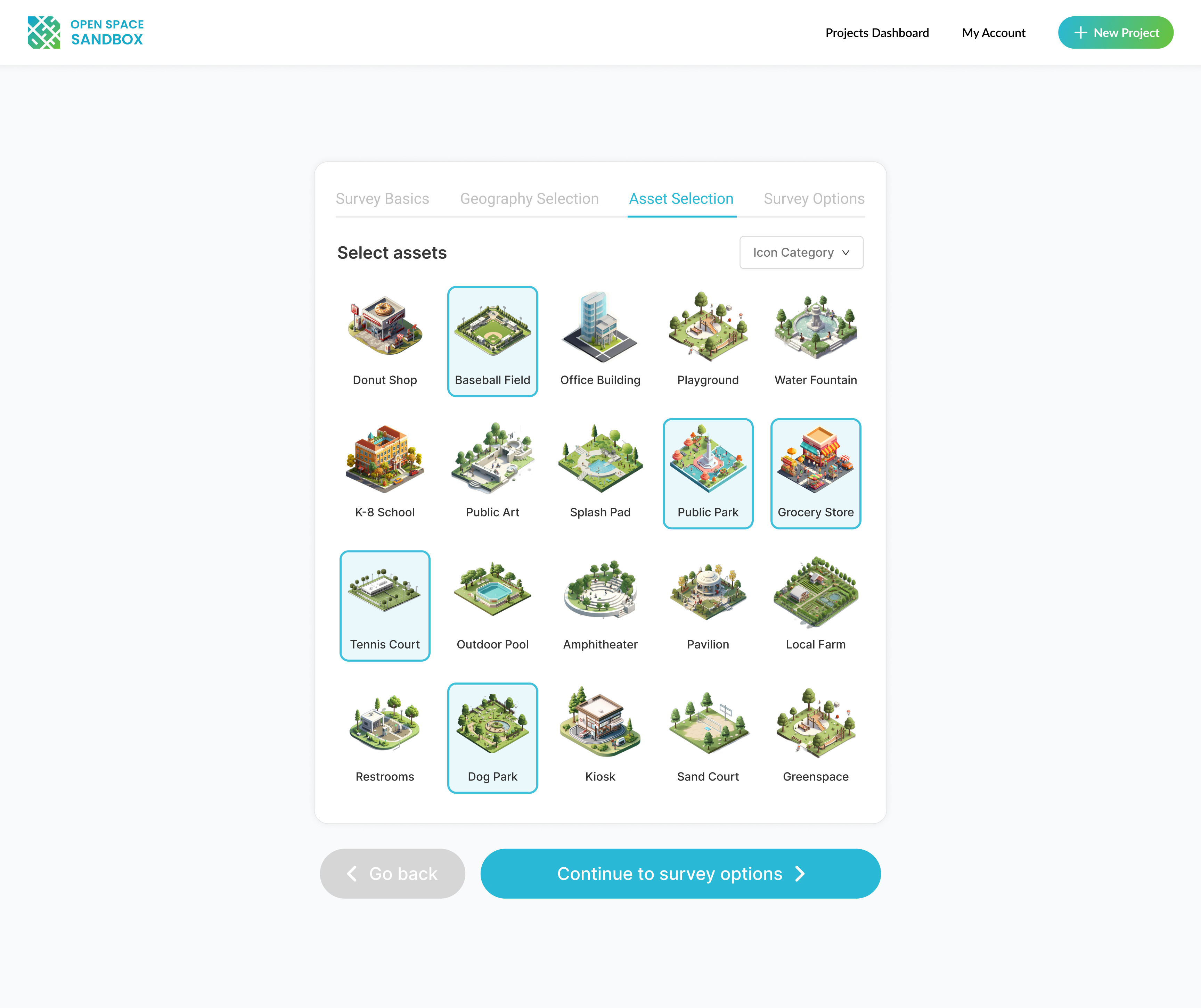Open Space Sandbox
A public urban design platform empowering communities to shape their local spaces
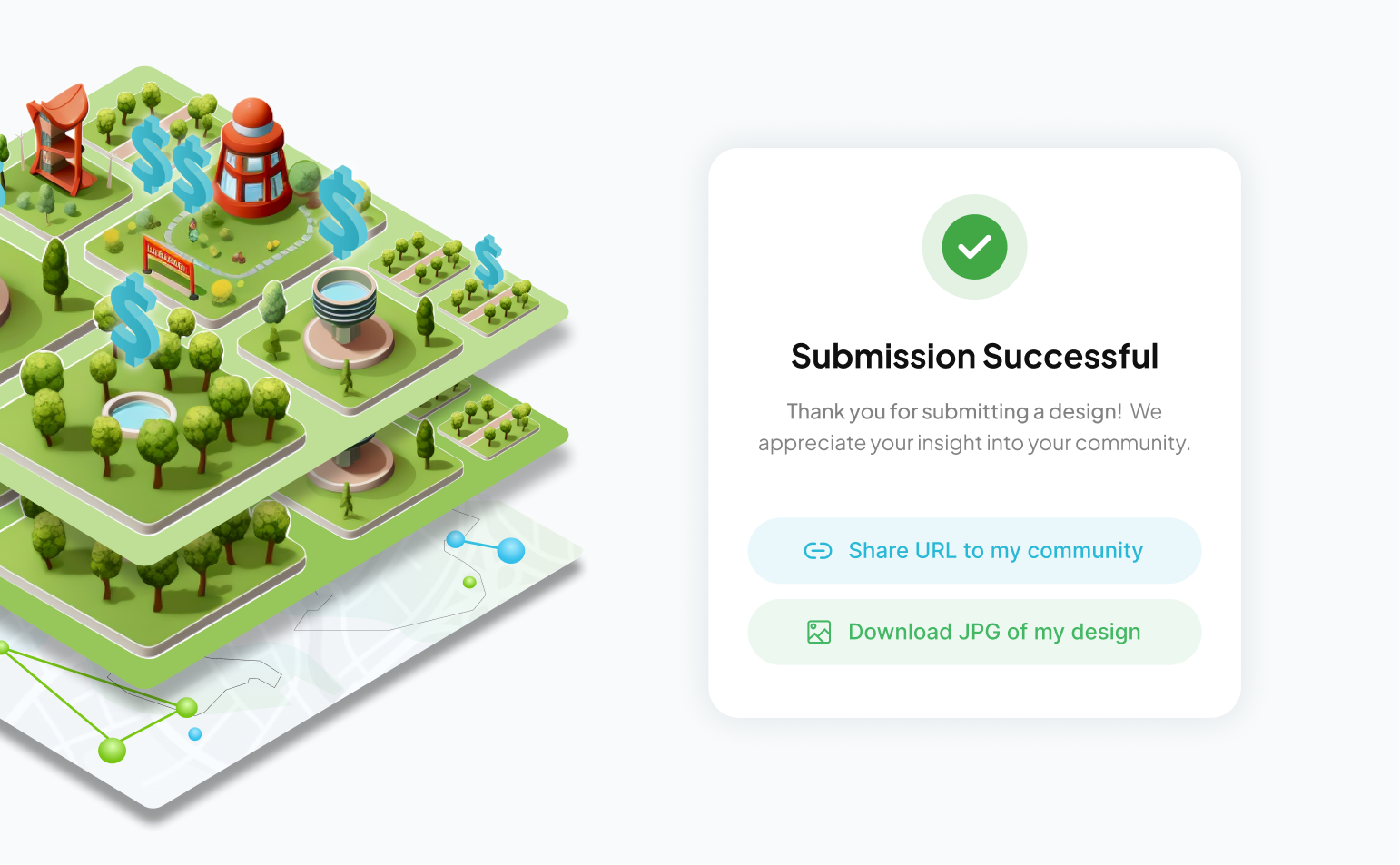
MY ROLE
Product Designer
Co-founder
TIMELINE
2 months
TEAM
1 PM
1 Developer
WHAT IS OPEN SPACE SANDBOX?
Open Space Sandbox is a software startup bringing urban design into the 21st century. The OSS interface seamlessly aligns practitioner design, community design, and revenue analysis to ensure a highly-collaborative and iterative design strategy.
CONTEXT
Urban planning is evolving as cities increasingly recognize the value of designing spaces that reflect diverse community needs. With growing populations and evolving public expectations, there is a push toward creating inclusive spaces that foster connection and utility.
However, traditional design processes remain resource-intensive and rely heavily on expert-led decision-making, often limiting the role of community voices.
Problem Discovery
The current urban planning process is unnecessarily complex. What should be a linear process often diverges into redundant directions. This system limits transparency and makes collaboration among key players—urban planners, architects, and community specialists—both tedious and inefficient. Consequently, public input becomes difficult to gather and integrate meaningfully, leading to designs that lack true community alignment.
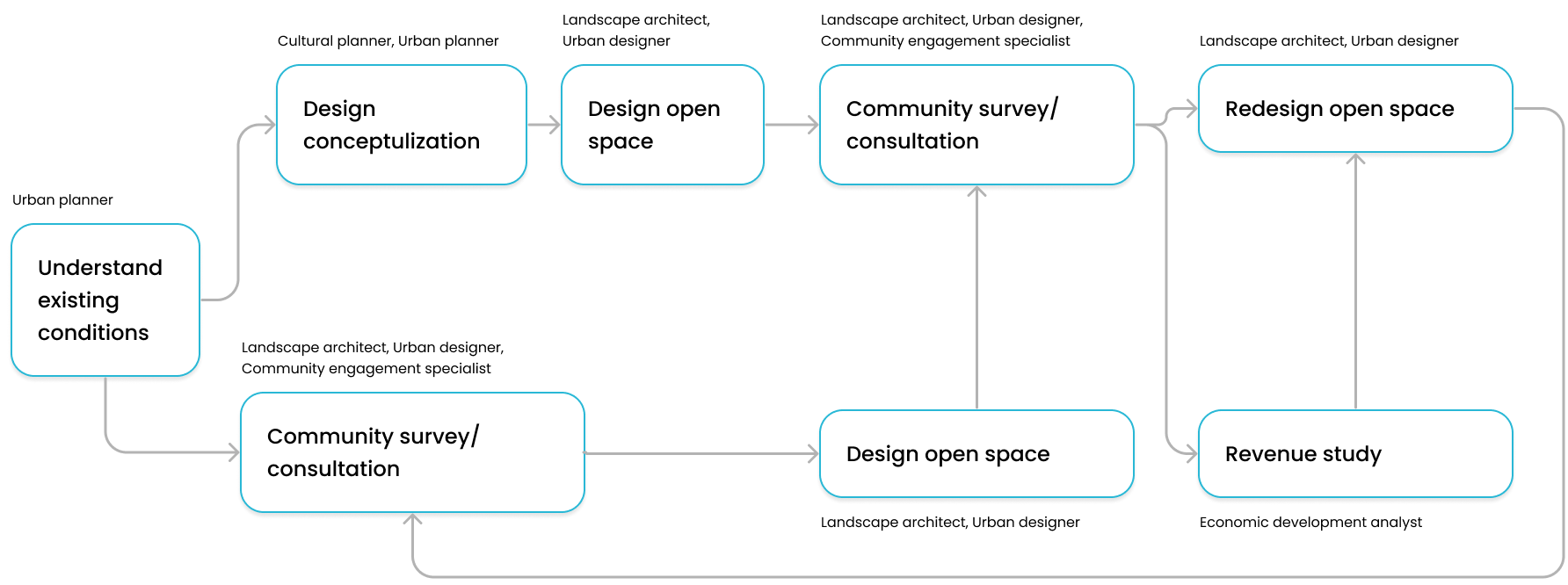
How can we gather and integrate public input more meaningfully in the urban design process?
Ideation & Research
Landscape Audit
I began with an audit of industry-standard GIS services currently on the market (ArcGIS, Delve, Ginkgo, Hoodmaps) to better understand the tools users in this industry were used to and best practices for mapping platforms. Among these tools, there was a focus on craft and high customization and a lack of collaboration and/or community-driven features.

ArcGIS

Hoodmaps
User Interviews — Pain Point Identification + User Personas
To better understand the industry, I met with urban planners, which provided a nuanced view of the current design process, key handoff points, and various roles involved. These conversations revealed 3common pain points:

Underserved Public & Underutilized Spaces
Current engagement is inaccessible and fragmented making it harder for urban planners to align with their local community’s wants and needs.
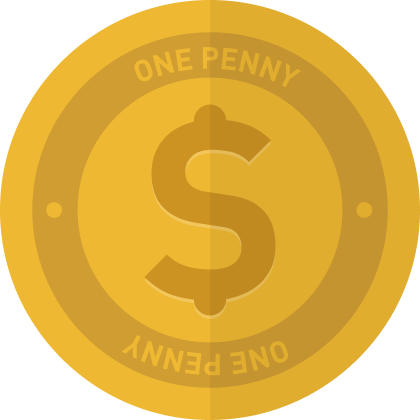
Costly Design Processes
The current community engagement process is resource-intensive and contains many inefficient processes.
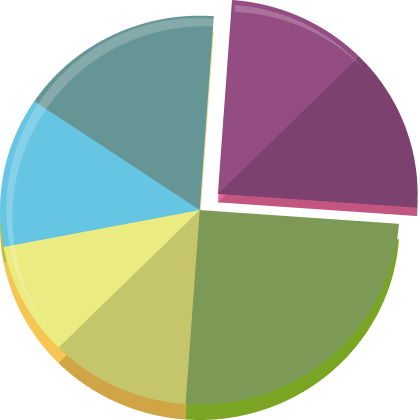
Limited Data-Driven Decisions
The current process lacks robust data and feedback integration. This, in turn, makes it difficult to optimize and calculate factors like revenue capabilities.
Before developing MVP solutions, I established a foundational user persona: "Sarah," The Typical Urban Planner:
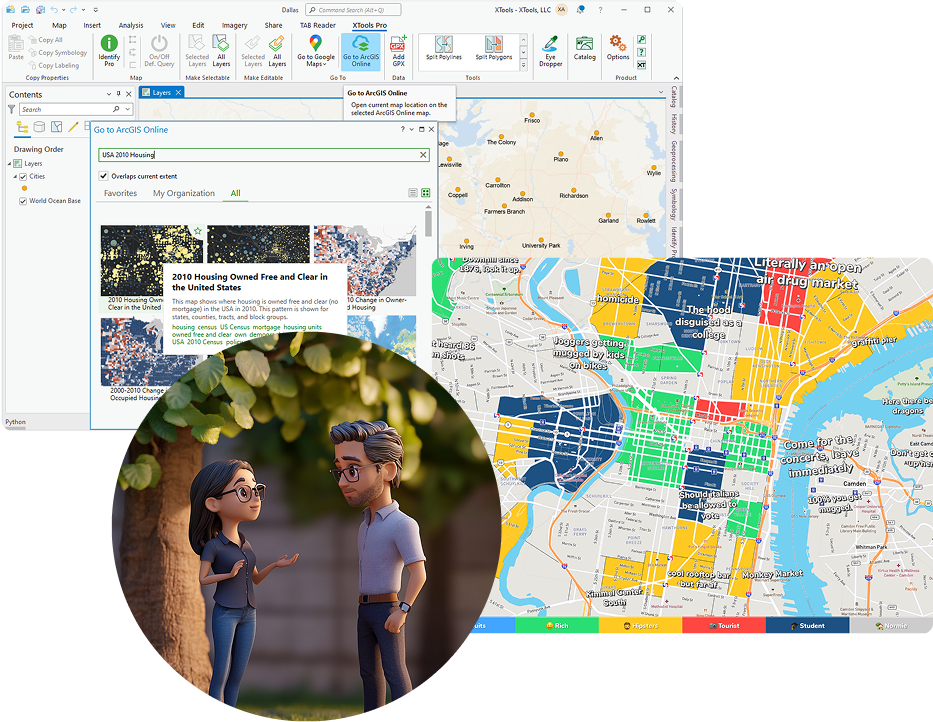
"Sarah works in her city's planning department, managing long-term development projects and community engagement initiatives. She facilitates public meetings and gathers citizen feedback, but struggles with fragmented communication tools—email, city websites, and social media don't effectively capture or organize community input. While comfortable with GIS software and planning tools, Sarah isn't a tech expert. She needs solutions that integrate with her existing workflows and require minimal training."
MVP Roadmap — How can we make the urban design process more streamlined, data-driven, & community-centered?
Based on these findings, I developed a proposal for the new urban design process. My focus was to create a linear, streamlined process, with a focus on collaboration across disciplines. From the proposed flow, the OSS team and I created a prioritized list of features for the MVP, including data analytics, a community design tool, and alignment scoring.

MVP Testing
MVP Development & Testing
To get feedback and quickly iterate on our product idea, we designed and built out an MVP on a 2 month timeline. The MVP demo included only the community engagement survey (no admin interface was developed).
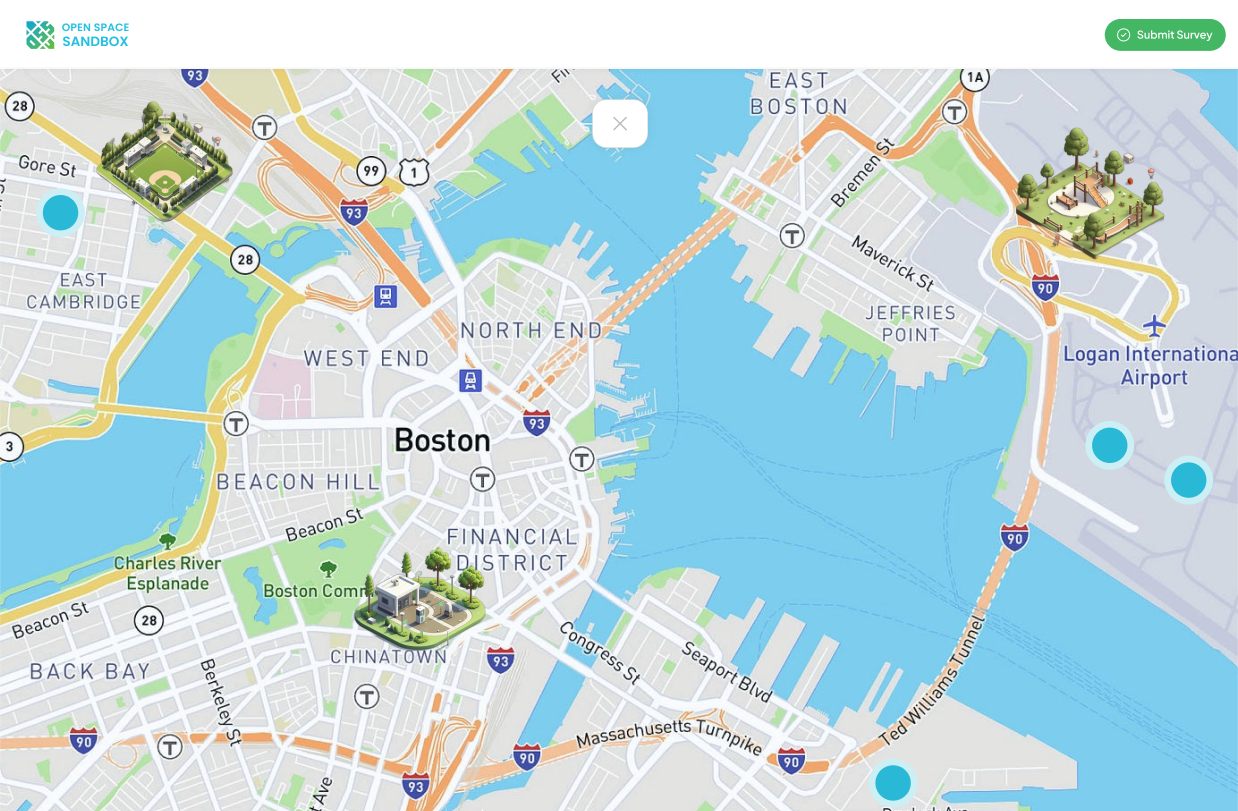
Public Design Survey
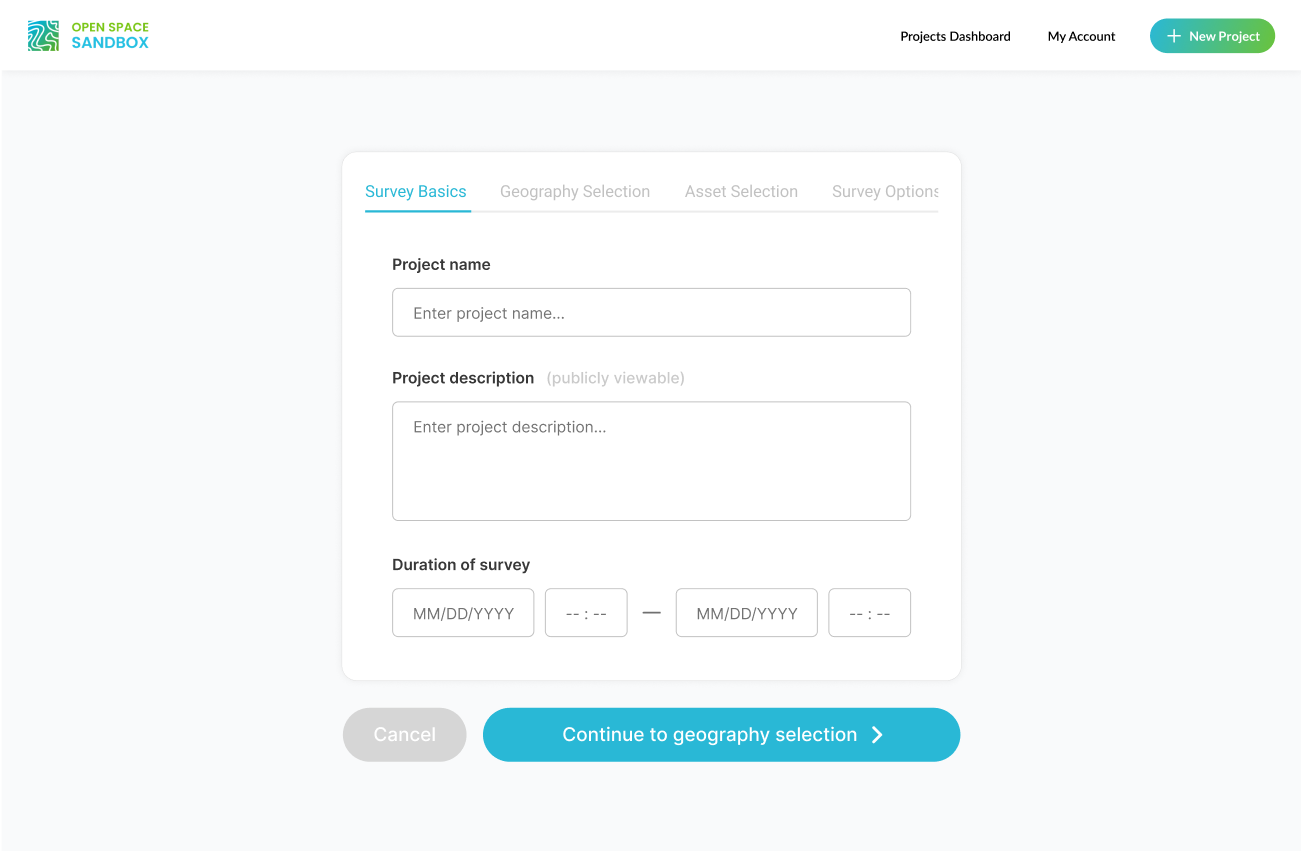
Admin Survey Settings
User Feedback
Following user testing sessions with our MVP demo and key prospective users, I synthesized the collected feedback into actionable themes that would directly inform our V2 design iterations.
UI is not intuitive enough for all users
Some planners had accessibility concerns (e.g. the basemap is too distracting, more instructions needed to start etc)
Feedback should be more expansive
Urban planners believed the MVP was too simple and did not collect the same deep insights about community needs that their current charrettes process (community workshop) does.
Strong push back against change
Urban planners had strong negative bias against changing the way they currently do things, especially re: human vs tech. They were more open to adding to rather than replacing their process.
Process needs more joy & human-ness
Planners felt the experience as a whole was not engaging enough for users. It should feel like a fun, explorative exercise, not a work assignment.
Iteration #2 Foci
Adding gamification and human touches
Integrating into the current process better
Refining UI/UX flow
Solution
The platform offers a comprehensive, inclusive approach to urban design that benefits communities and planners alike by synthesizing the practitioner design and community consultation processes, simplifying planners workflows and amplifying community voices.
Practitioner Tool
The OSS admin interface seamlessly aligns practitioner design, community design feedback, and revenue analysis to ensure a highly-collaborative and iterative design strategy—ultimately synthesizing the design and consultation processes for practitioners. For urban planners, this new workflow dramatically reduces project timelines, costs, and redundancies.

Gamified Public Community Tool
For residents, OSS's live-design link provides a real opportunity to influence the spaces that shape their daily lives by allowing them to submit proposals for new spaces in their area. The interface leverages a gamified design style to engage community members as they design their ideal public space plan(s). Together, we collaborated with experts at SimCity and Supercell to introduce new gamification features into our MVP build, including progress tracking, budgeting, and achievements.
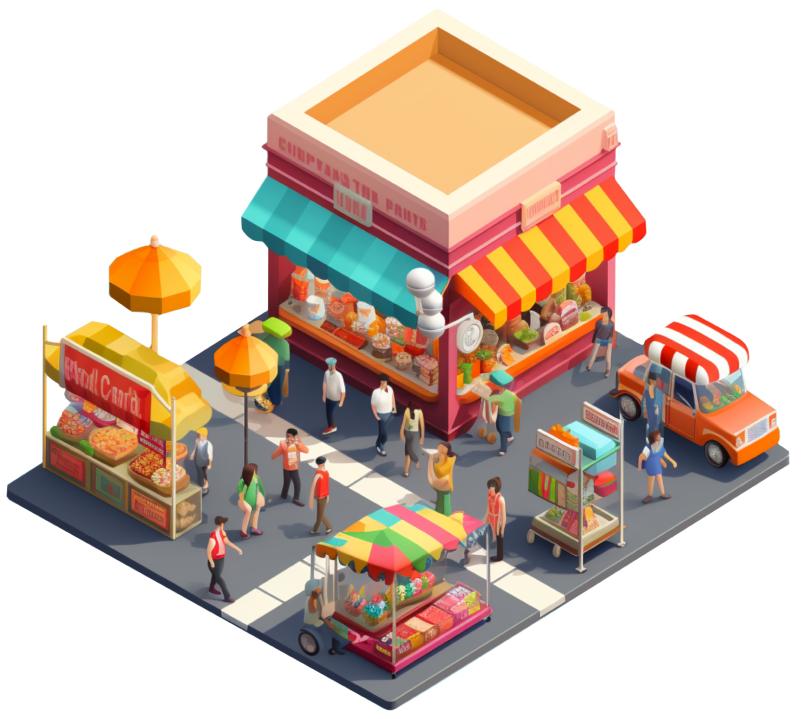
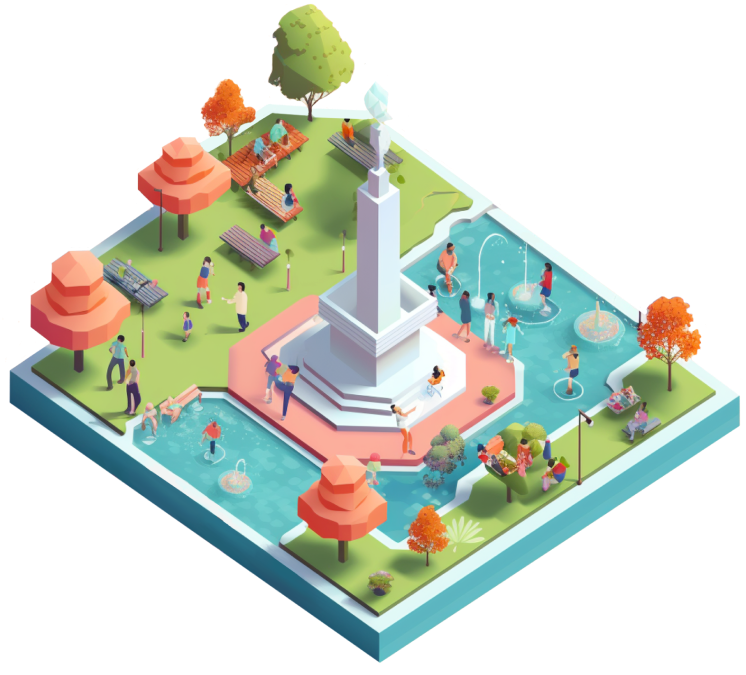
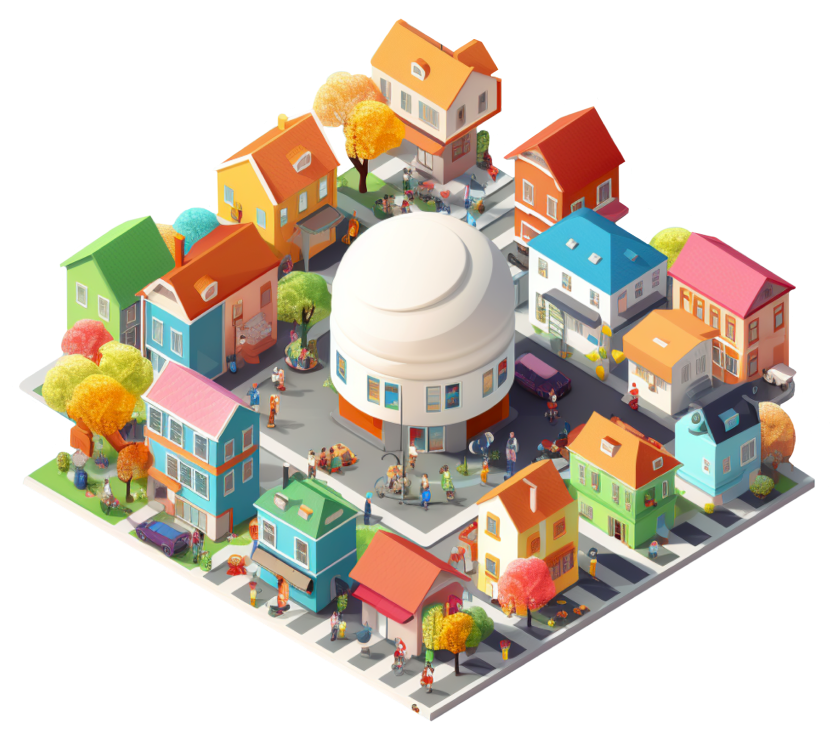

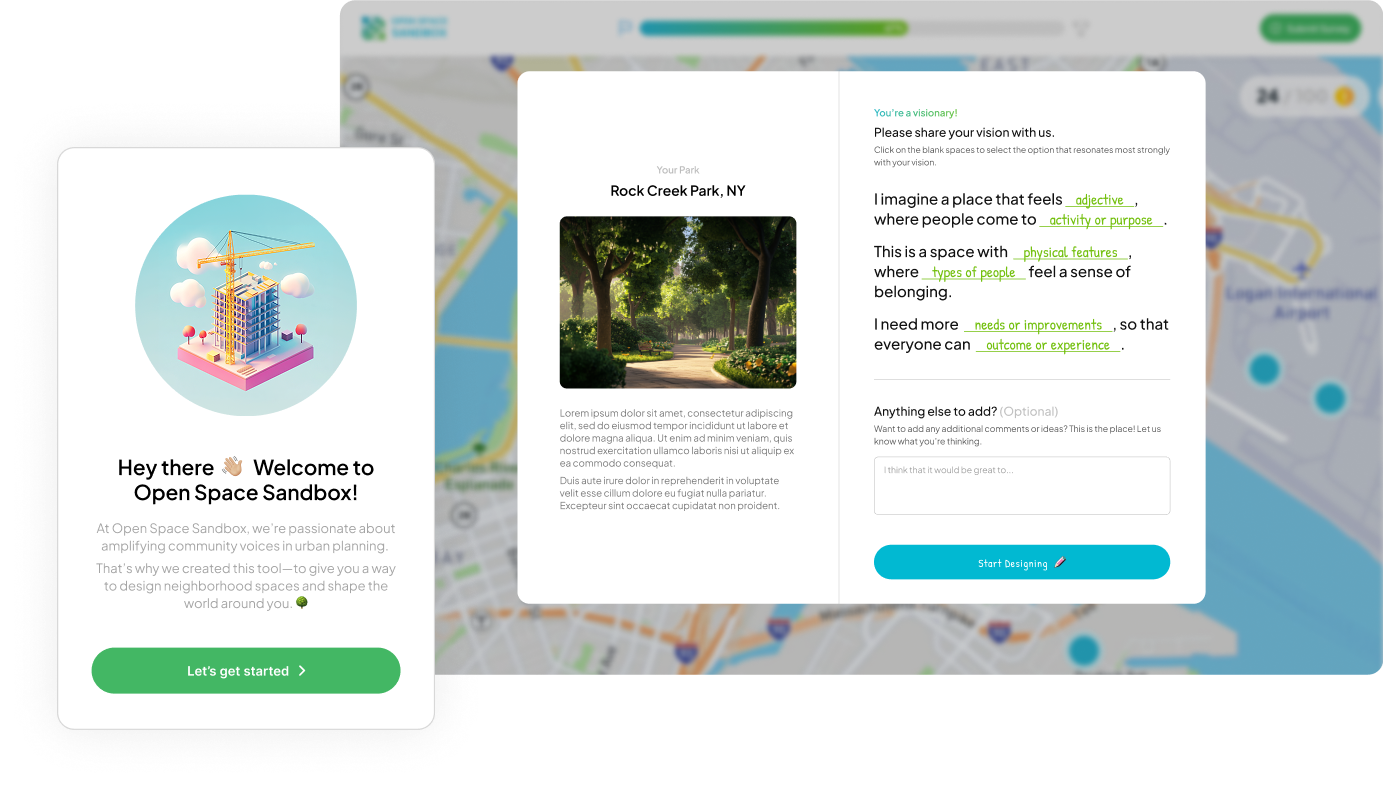
World-building and storytelling considerations were added, including project intro cards to give users a "mission" and visioning exercises to help users frame their narrative.
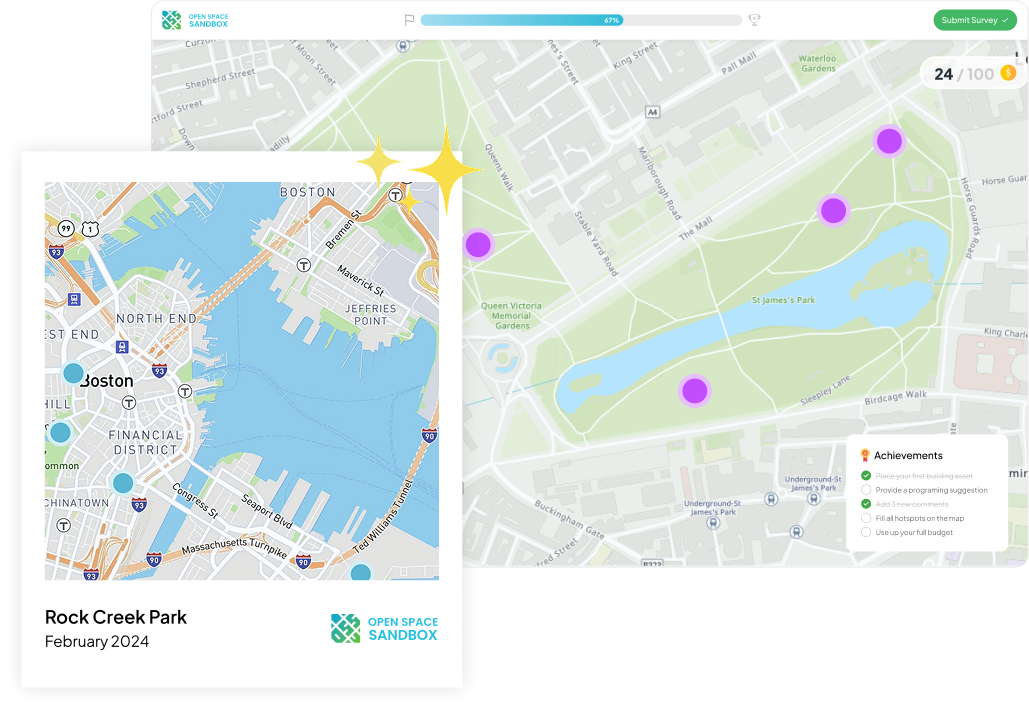
Game settings were added to increase user engagement and retention, including a project budget, progress bar, and free rewards system.
The New Open Space Process
Initial Design and Data
In the first stage of the new OSS process, the practitioner reviews the existing conditions maps and creates the high-level design outline.
OSS’s built in data analytics provide planners with a deep understanding of community demographics through census data, social infrastructure maps, and other relevant datasets. This tool allows designers to map out local needs and preferences in a way that guides them toward data-informed, impactful designs.
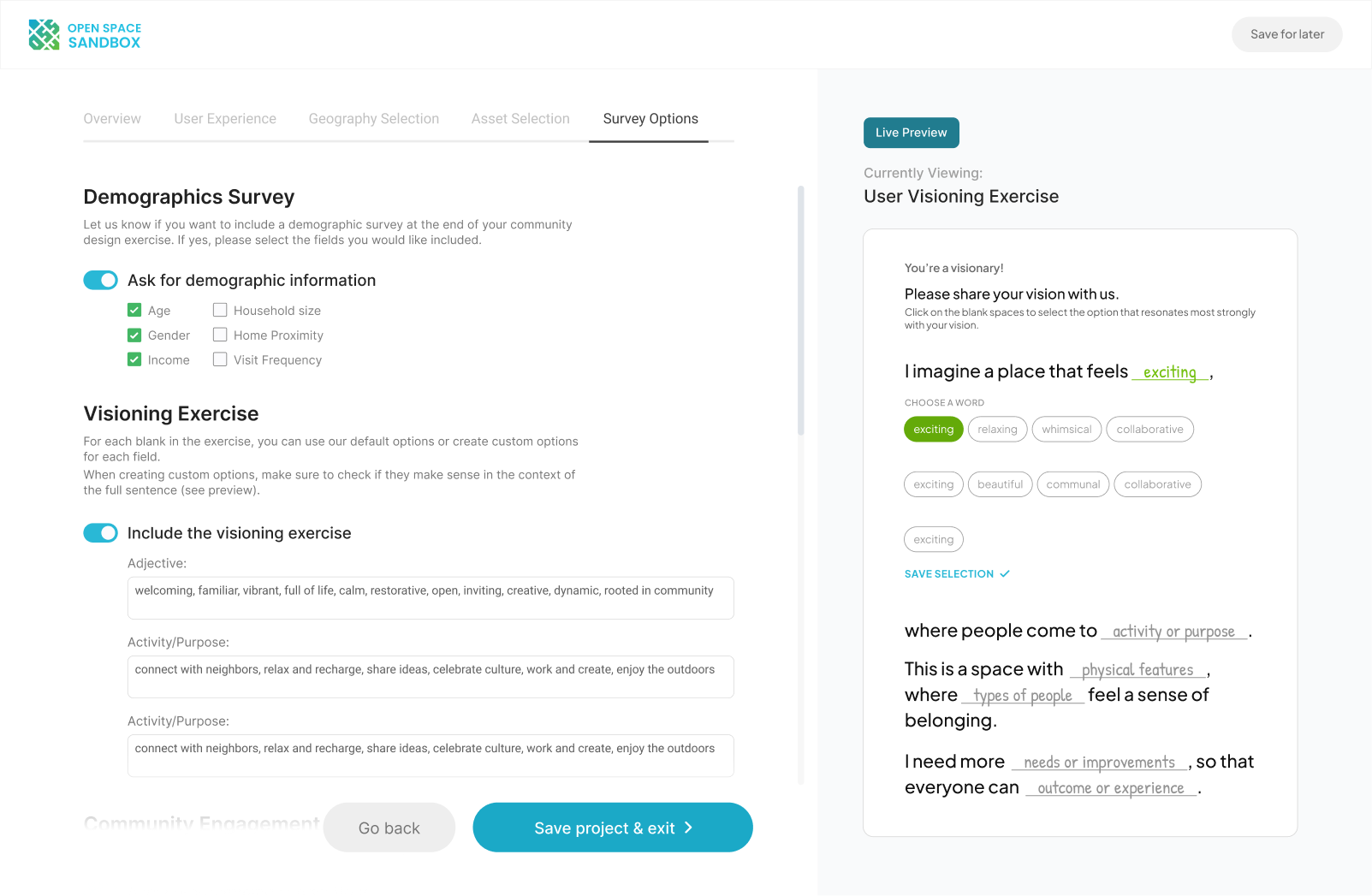
Community Design Consultation
In the second stage of the new OSS process, the community uses the tool's collaborative live-link to provide their design and programming ideas.
Empowering community members is central to OSS’s mission, and this feature allows residents to engage directly in the design process. Through an intuitive drag-and-drop interface, residents can express their vision for a space in a way that is accessible and impactful. This consultative approach ensures that the community’s voice shapes the final design, increasing public investment and satisfaction with the result.
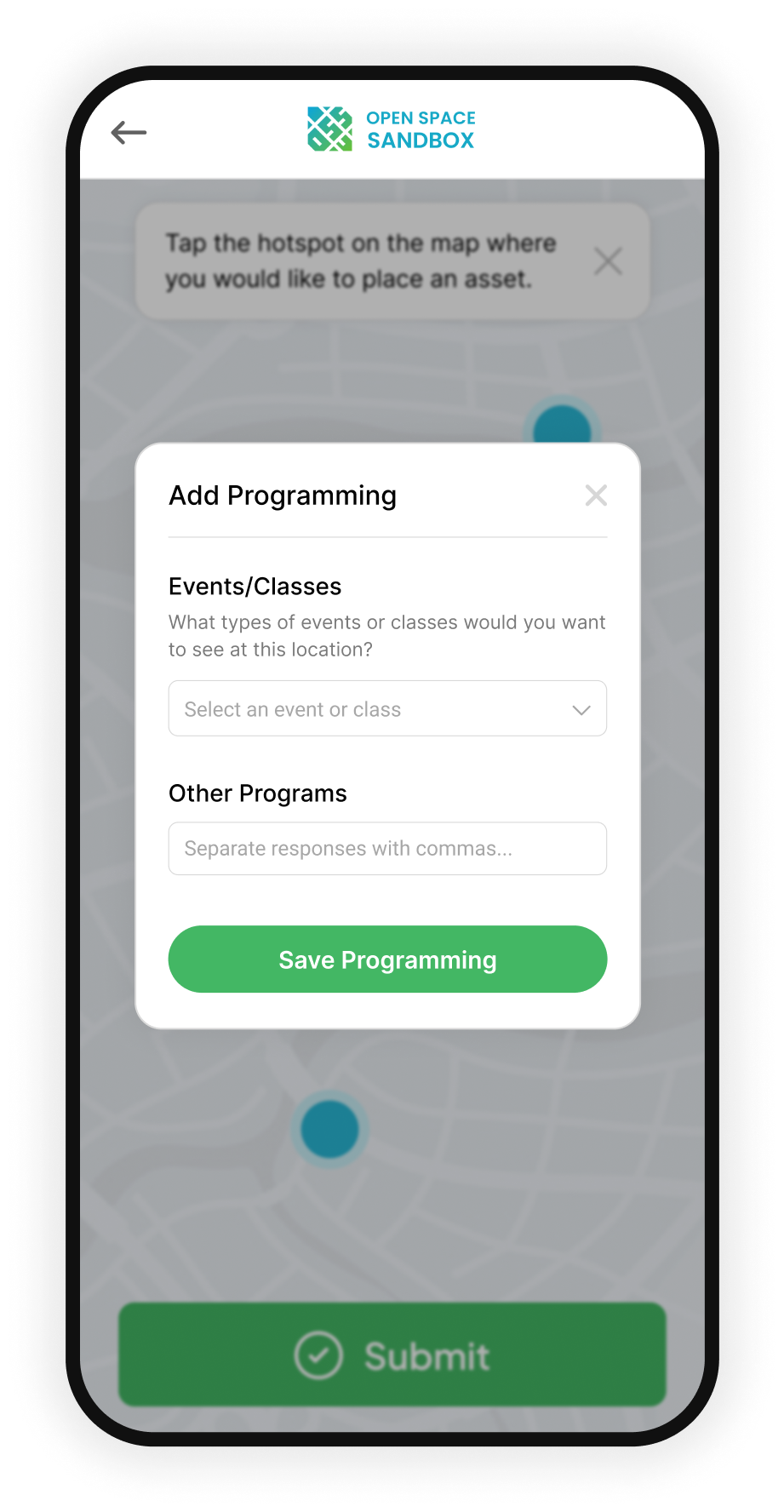
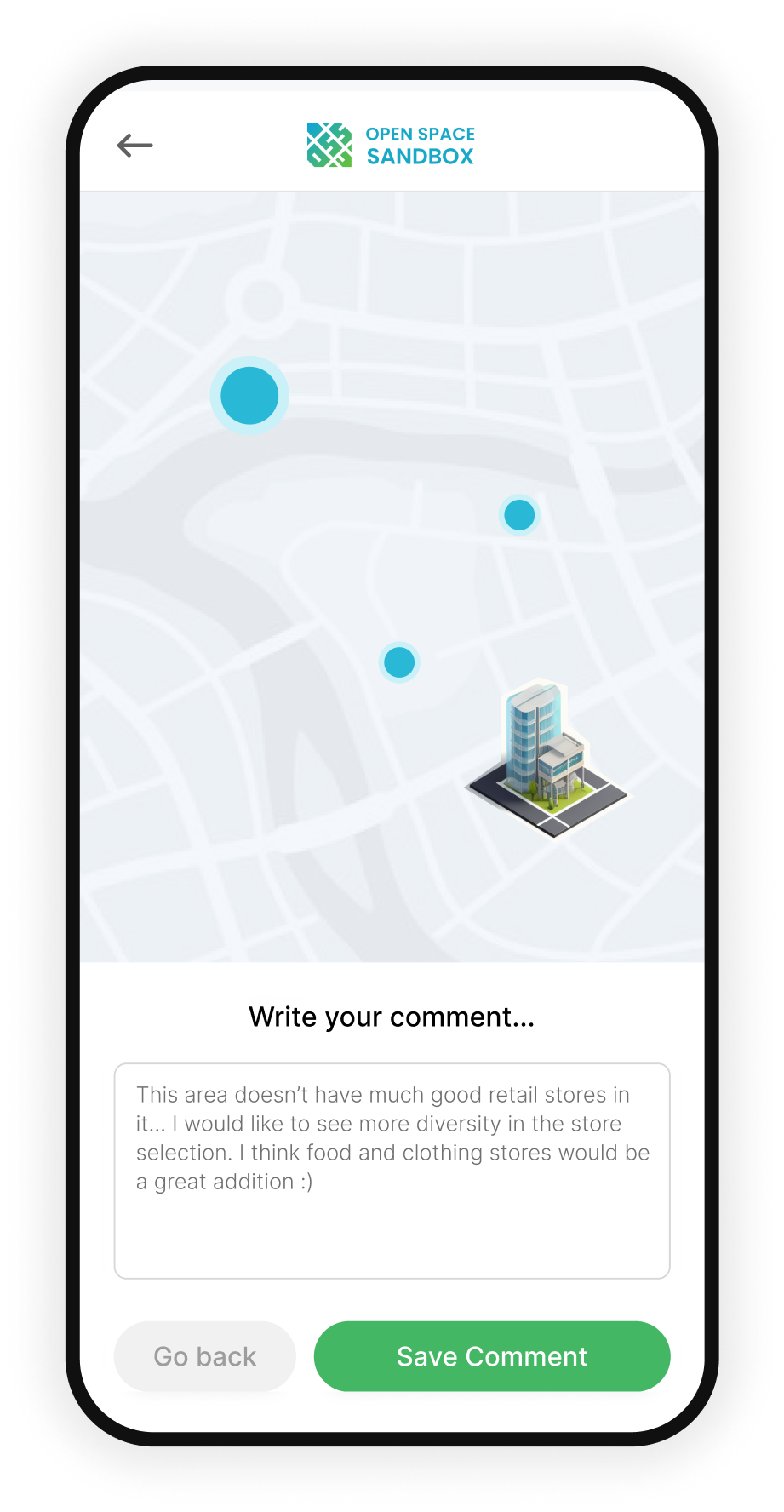

Finalization & Analysis
In the third stage of the new OSS process, the practitioner finalizes the design using the community alignment score and inputting revenue data.
A sustainable urban space must balance community alignment with financial feasibility. OSS integrates analytics to assess how well designs meet community needs and their revenue potential. This dual approach enhances long-term viability, enabling spaces to thrive well beyond the initial launch.

Outcomes
Within the first year of launch, using the MVP demo, we secured:
✦ A grant funded by the Knight Foundation for emerging city champions
✦ A pilot program with the Rail Park in Philadelphia, PA with 200+ participants
✦ Public endorsement from the Mayor of Philadelphia
✦ Speaking engagements in an upcoming documentary and at Civic Tech Toronto to talk about our product vision
✦ Partnerships with 880 Cities and Northeastern University
